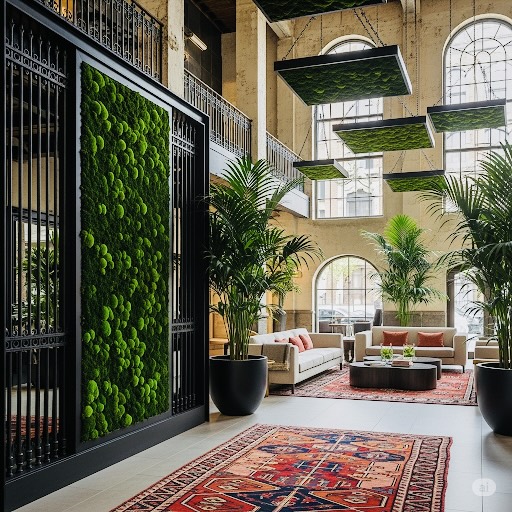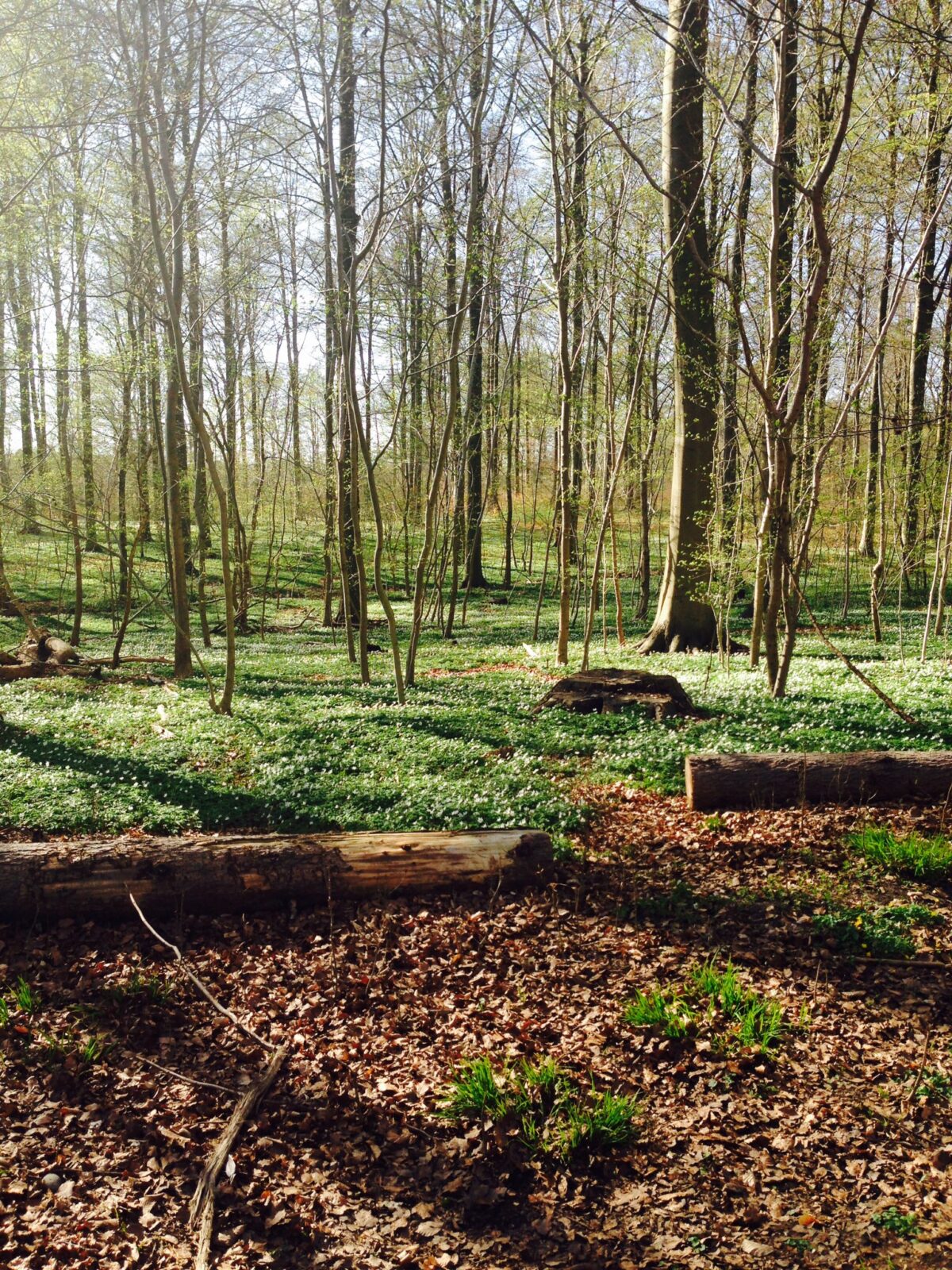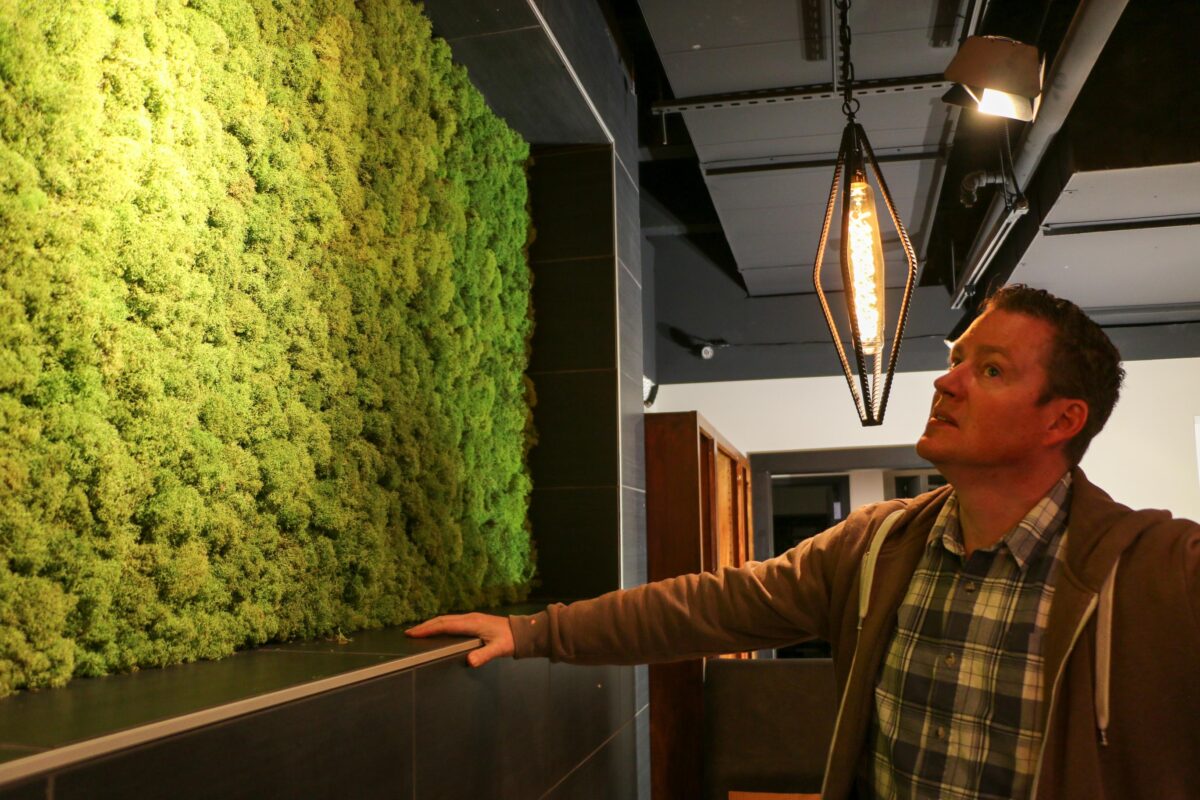Biophilic design is no longer considered an aesthetic trend; it is a performance-driven framework grounded in research that demonstrates measurable benefits to human health and productivity. By designing with nature in both structures and harmonious interior environments, architects and designers can boast a quantifiable return on investment in terms of reduced sick days (saving employers up to $3000 per year, …
Moss Walls versus Living Walls: Which is the Best Choice for Your Needs and Desires
There is more than one way to bring nature and into your home or workplace so we’re going to break down the difference between moss walls and living walls and give you the skinny on each of these brilliant biophilic design options that provide calm and other wellness benefits including noise and air pollutant reduction (along with the mental benefits of attention restoration and focus).
Up Down PODCAST: The Impact of Moss and Biophilic Design in the Workplace with Kasey Riley and Morten Klinte
We take a deep dive into biophilic design, moss, and love at first sight with Courtnay Bradley of Trilogie (killer design firm in Kansas City) in a podcast interview.
Why Moss, Why Now?
Before we answer the questions why moss and why now, we should probably address the “what” of preserved moss and explain the wonder of such a beautiful material that is neither living nor dead but requires no maintenance, only admiration. The Fat Plant Society uses various types of preserved moss. The moss is preserved using a natural paraffin and glycerin …
Why Moss Walls are Ideal for Public Spaces: What We Learned Talking to Architects and Design Professionals
At The Fat Plant Society, we have been doing some research that extends beyond our existing knowledge on living walls and green installation options for public spaces. We’ve been contacting design and architectural professionals both online and in person to pose questions regarding how to best interact with architects, design professionals, and others involved in the design of public spaces. …





